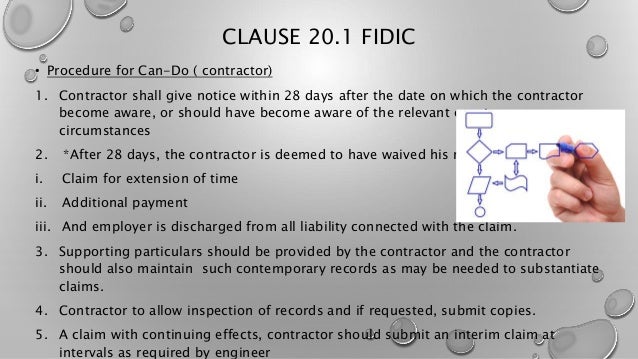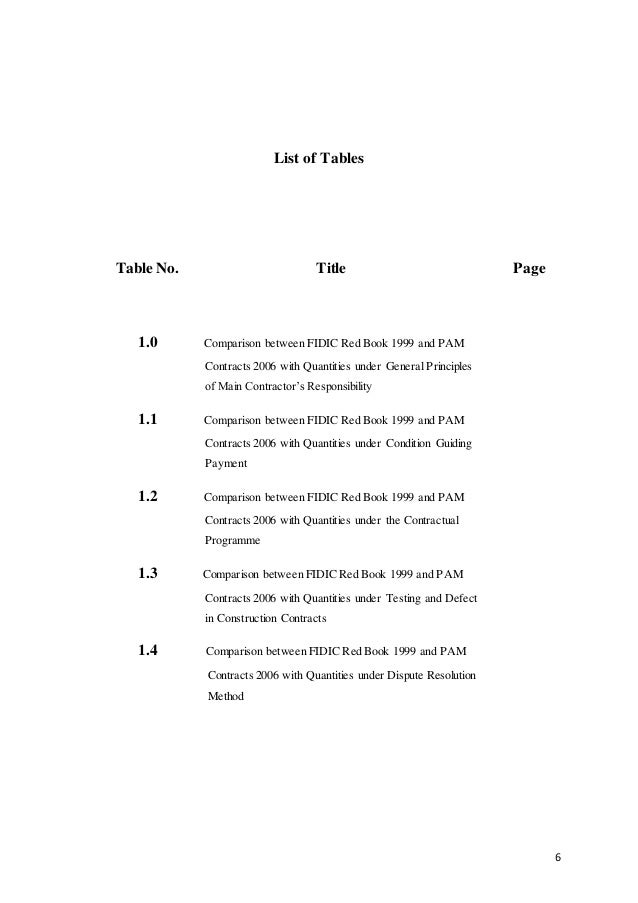Pam Form Of Contract 2006 With Quantities Free Download
A Case Study based on FIDIC and PAM Form 2006. 1. FIDIC WORKSHOP 2016 GROUP 6. QUESTION 1 WHAT ARE THE ESSENTIAL REQUIREMENTS FOR FORMATION OF CONTRACT? DISCUSS WHETHER A BINDING AND ENFORCEABLE CONTRACT HAS BEEN CONCLUDED BETWEEN JOLLY AND CAN- DO.

TENDERS AS OFFERS. The building owner who invites tenders is only indicating an intention to receive (invitation to treat) tenders for a particular project. When a contractor submits his tender, his tender is an offer made to the owner. Until the offer is duly accepted, no contractual obligations arise.
In a contract, each party must have given consideration for the promise. QUALIFICATIONS IN A TENDER SUBMITTED. Quite often, tenderers may consider certain aspect of the design to be unnecessarily costly or decide that certain contract conditions to be commercially inefficient or impose undue risks. In this case, the tenderer may seek to qualify the tender by excluding or amending certain conditions which he considers may increase the attractiveness of his tender.
Where a contractor submits his tender with qualifications and the tender is successful, the question which often arises is whether the. 3. ACCEPTANCE OF TENDER. A tender (offer) may be accepted any time after it is made.
Generally, the tender is open for a period of time which is called the tender validity period. Upon the expiry of the stipulated period, the offer lapses and can no longer be effectively accepted. The general principle of common law is that an offer can be withdrawn any time before acceptance unless there is a separate undertaking to keep the offer open. It is common for tenderers to pay a tender deposit which can be forfeited in the event that the tenderer withdraws his tender before the expiry of the offer period. The acceptance of an offer must be unambiguous and must be communicated to the tenderer before a contract can be made.
Acceptance may be implied by conduct. This principle is codified in section 8 of the contracts act 1950. LETTER OF INTENT.

Once the owner has selected the contractor, he may communicate his decision by issuing a letter of intent which is understood that the owner intends to award the contract to the contractor. Although a letter of intent is usually stated to be nonbinding, the purpose here is to provide the contractor with some degree of assurance to persuade him to commence the mobilization of resources for the project.
Contractor may also deem it a. Soal tes masuk smp. 5. ESSENTIAL TERMS OF AGREEMENT. Lord Blackburn in Rossiter v Miller (1878) held that if some particulars essential to the agreement still remain to be settled afterwards, then there is no contract. Normally, an agreement requires the parties, price, time and description of works(scope of works) as the minimum necessary for a contract to be workable. LETTER OF AWARD.

The formal letter of award can be issued by the owner once both parties have agreed on the principal terms of the contract. The letter is usually incorporated as part of the contract document. Quite often, the letter of award may be issued even though not all terms have been agreed between the parties, e.G.
The definitions of milestones within a programme, insurance and performance bonds to be subject of negotiations until after the works have commenced. The typical contents in the letter of award are. Answer:. There is an enforceable contract between Jolly and Can-do. In the event of Can- do(contractor) was given possession of the site by Jolly(client) and instructed to commence the work. Although, there was no letter of acceptance was signed but Can-do(contractor) had begun the work while the contract documents were being prepared and finalized for signing.
Under red book of FIDIC in section 1.1.1.3, “letter of acceptance” means the letter of formal acceptance, signed by the employer, of the letter of tender, including any annexed memoranda comprising agreements between and signed by both parties. If there is no such letter of acceptance, the expression “ letter of acceptance” means the contract agreement and the date of issuing or receiving the letter of acceptance means the date of signing the contract agreement.
In such case, Bang-Bang(project manager) requested Can-do to expedite the preparation of the contract documents for signing. The bound contract documents incorporated all the correspondence and documents listed in the letter of acceptance. In Event that MrJoll (client) would be. CASE LAW.
The classic case of Trollope & Colls Ltd V Atomic Power Construction Ltd (1963) support this situation where the subcontractors were notified of changes to the works after their submission of tender. They were instructed to commence work on the following terms: ‘as soon as matters outstanding between us are settled we will enter into a contract agreement with you, and in the meantime please accept this letter as an instruction to proceed ’ although no contract was actually signed, the english court held that a contract came into existence when the contractor commenced work. QUESTION 2 ADVISE JAZZY ON THE VALIDITY OF CAN-DO’S CLAIM FOR EXTENSION OF TIME AND ADDITIONAL PAYMENT ARISING FROM THE COLLAPSED TEMPORARY WORKS.
Pam Form Of Contract 2006 With Quantities Free Download Pdf
Based on the red book FIDIC in section 20.1contractor’s claim; if the contractor considers himself to be entitled to any extension of the time of completion and or any additional payment, under any clause of these conditions or otherwise in connection with the contract, the contractor shall give notice to the engineer, describing the event or circumstances giving rise to the claim. The notice shall be given as soon as practicable, and not later than 28 days after the contractor become aware, or should have become aware, of the event or circumstance. If the contractor fails to give notice of a claim within such period of 28days, the time for completion shall not be extended, the contractor shall not be entitled to additional payment and the employer shall be discharged from all liability in connection with the claim. Answer:.
Base on the situation, the contractor considers himself to be entitled to claim for extension for time and additional payment. The reasons behind his claim as described states that the collapse temporary works was due to the changes in design and method statement made by the engineer instruction where as their initial temporary works design would have been able to sustain during the national phenomenon, under 23.1 and 23.8(a) relevant eventsforce majeure of the PAM contract form 2006. Thus, they considers themselves entitled to claim for the delay 7 days given the reason that the collapsed temporary works was due to the engineer change in design and method statement towards their initial temporary work design. However, the contractor is not entitled to claim for EOT or additional payment because he failed to notify the engineer about the collapsed temporary works within 28 days of the incident that the contractor has become aware of consider as stated in section 20.1; even if the mistake. QUESTION 3 HOW SHOULD JAZZ RESPOND TO CAN-DO WITH REGARD TO THE LATTER’S CLAIM FOR EXTENSION OF TIME FOR THE DELAY CAUSED BY THE RAIN?.
Under Red Book FIDIC in section 8.4 (b) extension of time for completion stated that the contractor shall be entitled subject to extension of the time for completion if the completion will be delayed by the exceptionally adverse climatic conditions. In this case, the works have been suffer exceptionally heavy rain and con-do (contractor) has submitted the claim for extension of the time completion 40 days after the event. Under Red Book FIDIC in section 20.1 contractor’s claims stated that extension of time for completion and additional payment, the contractor shall give notice to the engineer.
The notice shall be given not later than 28 days from the event or circumstances. If the contractors fails to give notice of the claim within such period of 28 days, the extension for completion shall not be extended. In this case, the engineer still granted 7 days extension of time to the contractors although the contractors submit the notice of claim for extension of time 40 days after the event or circumstances. Therefore, the contractor shall not be entitled for any extension of time. Moreover, in the contract, the jolly has instructed gulp to delete the sub-clauses on exceptionally adverse climatic condition. As a conclusion, contractor shall not entitled for any extension of time. Under PAM form clauses 23.0 submission of notice and particulars for extension of time, if the contractors think that the works will be delayed beyond the completion date by any of the relevant events stated in clauses 23.8, he may apply for an extension of time.
The contractors shall give written notice within 28 days. In this case, there is exceptionally heavy rain in the site, which referred in relevant events in clause 23.8 (b) exceptionally inclement weather. The contractor submitted the notice 40 days after the event. Which mean it exceed the time period to submit the notice of extension of time.